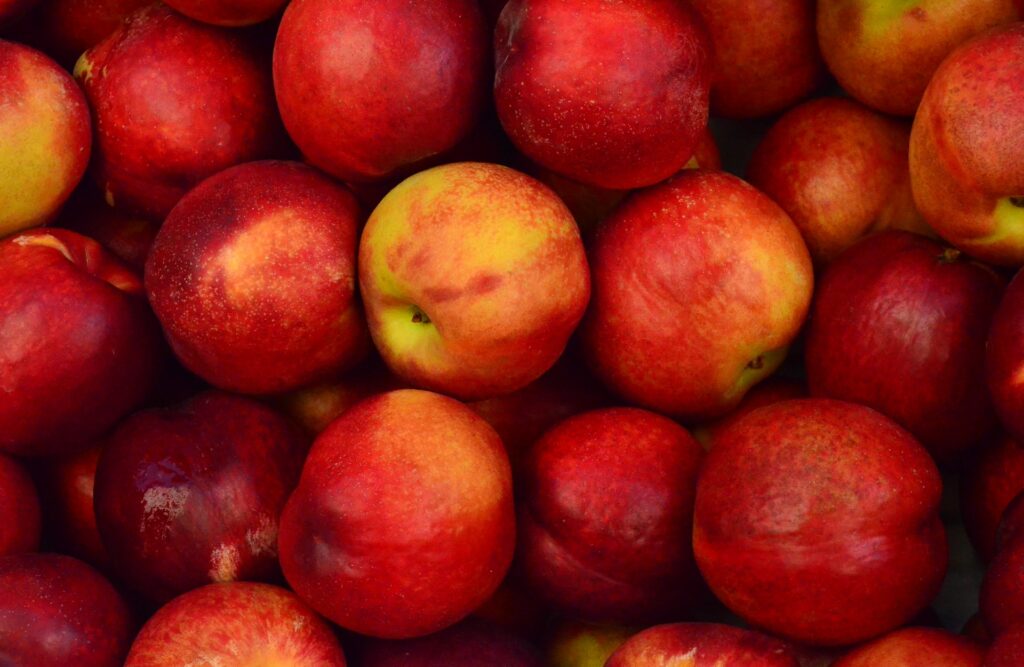Introduction – Global Food Waste
Each year the world produces about 670 kg of edible food for every person on the planet, but we only eat about half of that. It is important to remember that these figures are a global average.

At an individual level someone who eats a lot of meat and wastes a large share of food can easily require over a tonne of food to support them, while in poorer parts of the world it can be a third of that.
Here are the links to the people doing great work I mentioned:
FoodTank: read about them here, and become a sustainer here
ThinkEatSave: has a variety of different resources
About The Data
The data in the video is the average per capita supply of edible food, which is about 670 kg (1471 lbs). Total primary production (including inedible parts) is around 20% greater than this.

Here is the rough breakdown in per capita terms.
- Animal feed: 88 kg (194 lbs)
- Biofuel production: 15 kg (33 lbs)
- Supply losses: 139 kg (305 lbs)
- Consumer waste: 52 kg (114 lbs)
- Consumption: 375 kg (825 lbs)
As noted earlier these figures vary greatly between regions, particularly in terms of animal feed and consumer waste. The data is primarily drawn from the FAO’s report Global Food Losses and Food Waste, with some additional figures used for animal feed.
As I mentioned in the intro food has a huge environmental footprint: 24% of greenhouse gas emissions, 40% of land use, 70% of water use and 75% of deforestation. Even more disturbing is the reality that the world produces enough calories to feed 14 billion people, but 800 million remain hungry. While this is a complex issue, food waste contributes to this problem.
Meal Kits And Food Waste
Home meal delivery services have surged in popularity over the last few years, providing convenience, diverse meal options, and pre-portioned ingredients to a busy, food-loving public. These services have the potential to play a significant role in reducing food waste, as they help eliminate the guesswork associated with meal planning and portion sizing. Their commitment to eco-friendly packaging is also encouraging, leading to less carbon emissions in comparison to traditional grocery shopping.
It’s also important to recognize the flip side of the coin. With these meal kits, there’s an ease of becoming wasteful. If meals are not consumed promptly, the risk of spoilage increases. Additionally, despite efforts toward sustainable packaging, the multitude of small individually wrapped ingredients can still contribute to plastic waste. The role of home meal delivery services in the issue of food waste is thus a complex one, with both beneficial and potentially detrimental impacts.
We recommend trying out an eco-friendly meal kit service.
There Are Many Ways To Treat Edible Food Scraps
Explore our latest article “Edible Food Scraps – What To Do Without Composting” and learn how to creatively transform your kitchen scraps into delicious meals and garden-enhancing solutions. It’s all about responsible consumption, saving money, and taking steps towards a more sustainable lifestyle. Get ready to say goodbye to unnecessary waste and hello to innovative, eco-friendly habits.
Please put any suggestions for other resources in the comments section and I’ll add them to the list 😉
And don’t forget to sign up to our email list below, as we’ll be looking at food waste in the home in much more detail in the future.
Lindsay Wilson
I founded Shrink That Footprint in November 2012, after a long period of research. For many years I have calculated, studied and worked with carbon footprints, and Shrink That Footprint is that interest come to life.
I have an Economics degree from UCL, have previously worked as an energy efficiency analyst at BNEF and continue to work as a strategy consultant at Maneas. I have consulted to numerous clients in energy and finance, as well as the World Economic Forum.
When I’m not crunching carbon footprints you’ll often find me helping my two year old son tend to the tomatoes, salad and peppers growing in our upcycled greenhouse.
